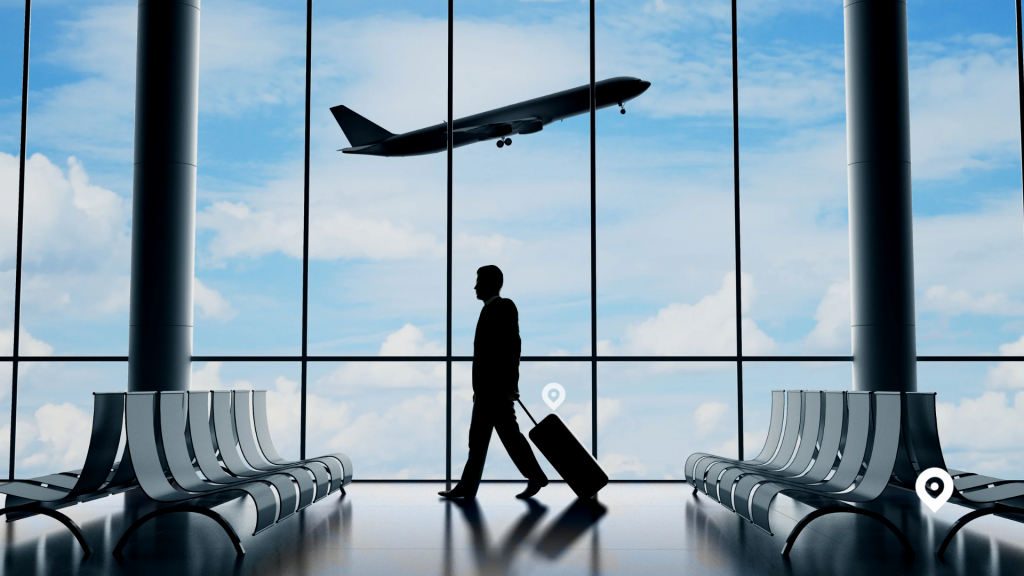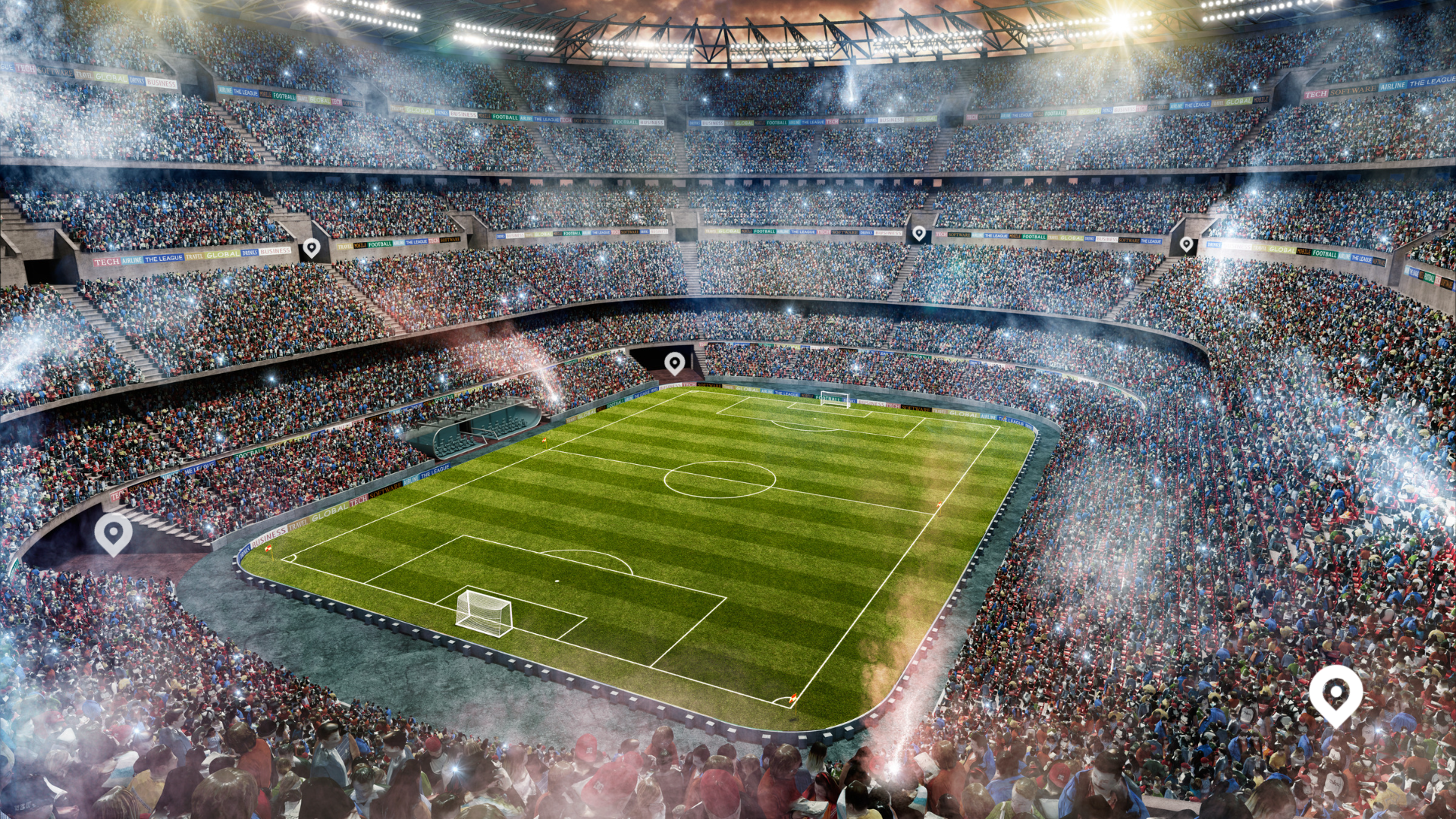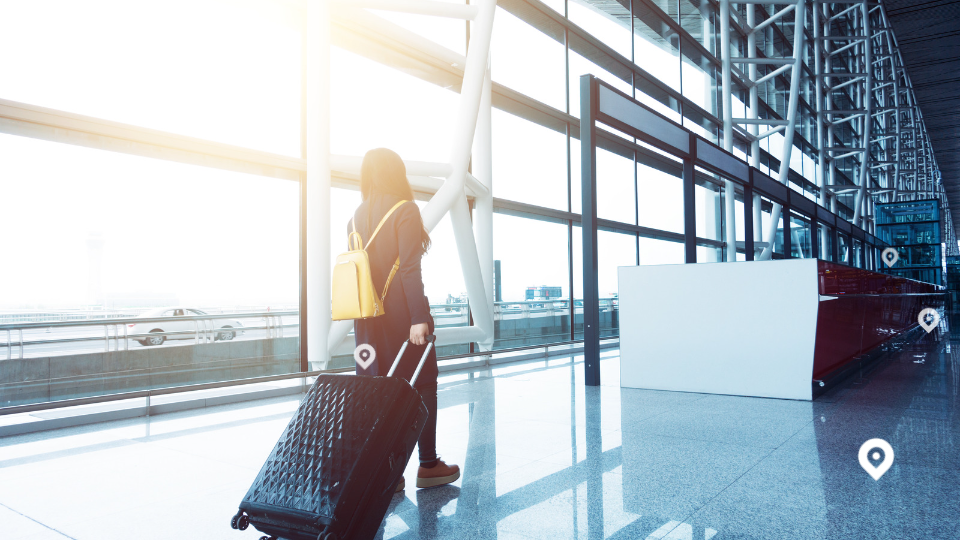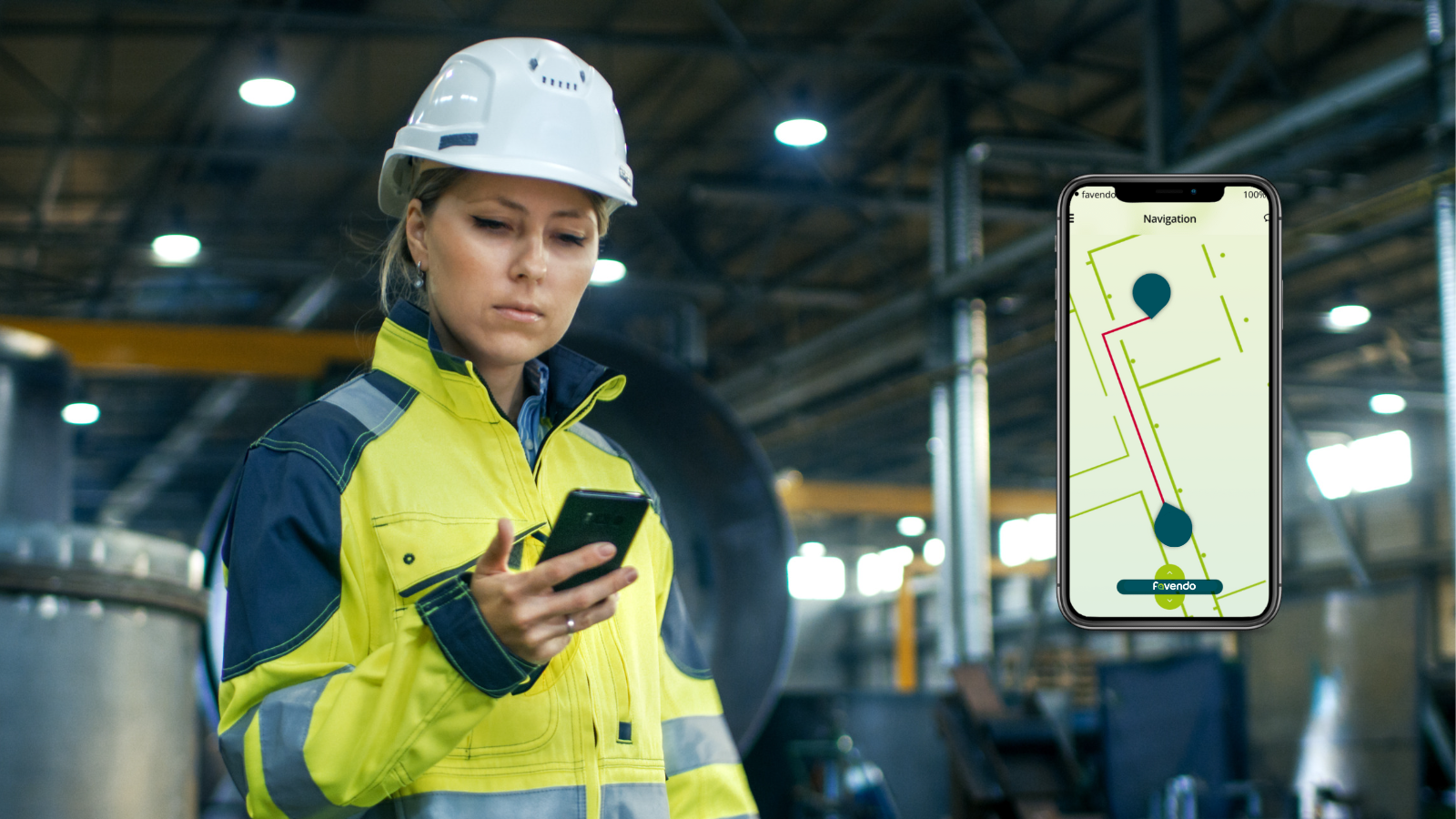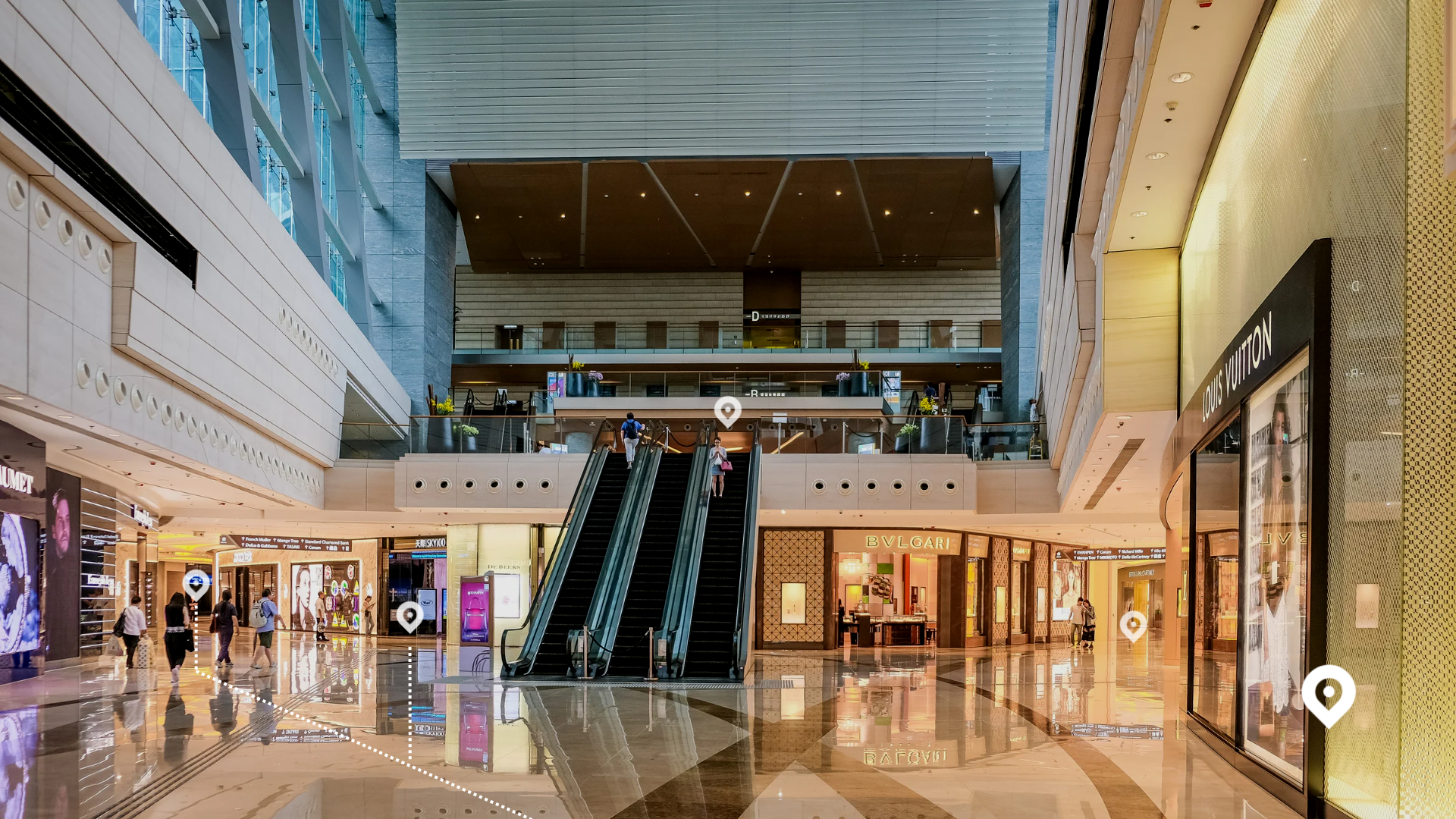Indoor Navigation with Bluetooth
Favendo’s navigation solution is based on a BLE infrastructure. Beacons are positioned as static anchor points in the room. Based on the Bluetooth signals, they navigate users with the corresponding app on their smartphone to their Point of Interest (POI). We deliver our software as an SDK for integration into your existing native or hybrid app. Alternatively, you can choose static indoor navigation. This involves installing digital signage kiosks at key points in a building, such as the entrance or stairwell. These kiosks will then show users the optimal route to their destination.
Navigate your way around the hospital, sports stadium, event arena, or cruise ship with the convenience of an app. No more tedious searching for your treatment room, seat or cabin, just one click and you’re on your way with Bluetooth indoor navigation. It feels like GPS, but indoors. Indoor Positioning Systems (IPS) provide tremendous value to all user groups. Indoor positioning improves the experience for guests, patients, fans or visitors of all kinds, while simultaneously relieving administrative staff from answering questions about the right way.
Hospitals, sports stadiums, cruise ships, smart offices – any industry can benefit from Favendo’s Indoor Navigation via app or digital signage.
Our indoor navigation offers maximum flexibility. You can define relevant routes and POIs, choose between an SDK or static navigation, and do it all on-premises or in the cloud. Whether it is a Blue Dot indoor navigation for a hospital to facilitate the stay of patients and visitors, or a wayfinding solution for a sports and event center that starts in the parking lot and seamlessly transitions from indoor to outdoor: The infrastructure stays the same. It consists of Bluetooth sensors and an app. Favendo takes care of the design, supply, installation and maintenance of the Beacons. Rely on our years of experience with Bluetooth infrastructure in a variety of challenging environments.
Of course, having an indoor navigation app also helps to engage and retain customers. In Favendo’s backend, you can design the app’s content in your CI and create customized notifications. Users receive push notifications directly on their device, either time- or location-based. This opens up marketing potential and improves the connection to customers, guests or fans. For example, you can use the messaging function in the Smart Office area to enforce compliance with hygiene regulations such as the regular airing of rooms. Or remind your app users of upcoming events on the cruise ship. It’s your app!
your personal contact person

